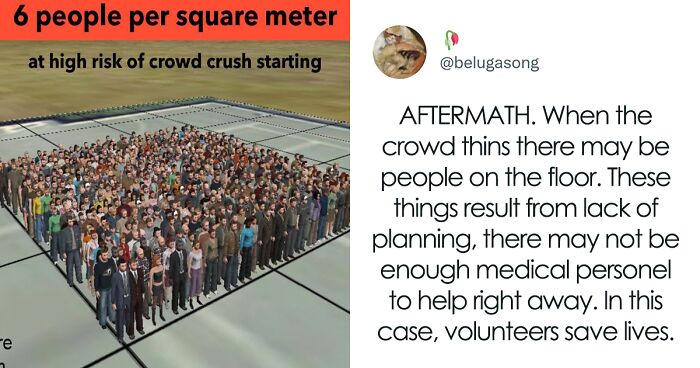
24 Potentially Life-Saving Tips If You Ever Find Yourself Trapped In A Crushing Crowd, As Shared In This Dedicated Twitter Thread
Have you ever heard of “optimism bias”? Well, it’s a term used to describe our propensity to overestimate the chance of happy events and underestimate the possibility of bad ones.
For instance, not adding money to an emergency fund because you’re confident in your job security or boarding a plane without contemplating a possible crash; cycling without a helmet on or believing that COVID-19 has nothing on you – in other words, it’s an overabundance of positivity.
We assume we don’t need to back ourselves up because these wretched things only happen to other people, right? Unfortunately, life is not a storybook, and you never know what type of doom may come knocking at your door next. Now, this doesn’t mean you should obsess over negativity, but being alert will help you deal with or prevent any hindrance, trouble, and in most cases, even death.
More info: Twitter
You know what they say: “Awareness saves lives”
Image credits: Matt MacGillivray (not the actual image)
A couple of nights ago, the capital of South Korea faced a vastly tragic event. The Itaewon district, which is located in central Seoul and is home to many nightclubs, restaurants, and bars, experienced a fatal crowd crush that claimed the lives of more than 150 individuals. This was the first year that locals and visitors could enjoy Halloween activities without the social distancing or other restrictions that were imposed at the outset of the pandemic, but due to an unusually large number of people, partygoers were packed and pushed along a narrow lane that is about 150 feet long and 10 feet wide.
Now-viral Twitter thread offers advice on what to do in a crowd rush in light of the Seoul tragedy
Image credits: belugasong
“What to do in a crowd crush” – this person turned to Twitter to share an educational thread full of safety tips in the wake of the deadly crowd surge that happened on the night of October 29 in the Itaewon neighborhood of Seoul. The post garnered nearly 376k likes, as well as 165.8k retweets.
If you are attending a large event, make sure you make note of where the emergency exits are
Image credits: belugasong
Learn how to watch crowd density
Image credits: twitter.com
A crowd crush occurs when there is excessive congestion and the density escalates to the point where exiting is nearly impossible. Typically, such events happen due to the recklessness of organizers, meaning that the vast majority of crowd tragedies may be avoided by implementing a few precautionary measures.
Image credits: belugasong
Image credits: belugasong
Image credits: belugasong
Image credits: belugasong
Crowd control is a public security practice that manages large gatherings in order to prevent the outbreak of crowd crushes, fights, and riots. Whether it’s privately hired security guards or police officers, their job is to control any foreseen and unforeseen events. To give a more illustrative example, their responsibilities include: setting clear roles among team members, working with others to ensure safety, planning for incidents and emergencies, and assessing risks and identifying any potential hazards.
Understand where crowd crush happens
Image credits: belugasong
Concerning the disaster in Itaewon, it was said that an estimate of 100,000 people had gathered in the area, the bulk of whom were in their teens and 20s. However, since there was no organizing body for the annual get-together, only 137 officers were on the scene, with most of them engaging in traffic and crime prevention.
Alert people
Image credits: belugasong
Make space around your chest
Image credits: belugasong
Do not take off your backpack
Image credits: belugasong
Go with the flow
GO WITH THE FLOW
Once the crowd reaches 8-9 people per square meter, those inside can’t move freely and the crowd behaves like a liquid. You will feel yourself being moved in different directions, but it’s important you don’t fight it. This clip demonstrates one of these waves. pic.twitter.com/63aRi3KSCO
— 🥀 (@belugasong) October 30, 2022
Video credits: belugasong
The Korea Herald, a leading English-language daily newspaper that is published in Seoul, came out with an article outlining the major factors that influenced the fatal crowd surge.
First and foremost, the absence of an organizing body. Since the celebration isn’t considered a national holiday, South Korean businesses arrange events on their own initiative. Without a legal body, it’s hard to tell who can be held accountable (legally) – however, President Yoon Suk-yeol stated that a safety management system will be established for such events.
Do not scream and push
Image credits: belugasong
Do not fall
Image credits: belugasong
Avoid walls
Image credits: belugasong
Help your neighbors only if you can
Image credits: belugasong
The second aspect that contributed to the event’s intensity was the absence of police presence and, of course, crowd control.
Although we can go back and say that Halloween isn’t a nationally recognized celebration, it would be foolish to assume that the capital isn’t used to seeing such gatherings, especially since the place is loved by many foreigners. This wasn’t the first time Itaewon has welcomed a crowd in late October, and it’s truly puzzling how the authorities weren’t concerned for the safety of attendees, as, again, this year was when the COVID-19 restrictions were finally lifted.
What to do in the aftermath
Image credits: belugasong
Make sure it is safe
Image credits: belugasong
Accessing if someone is responsive
Image credits: belugasong
Check for breathing
Image credits: belugasong
Speaking of which, the lifted restrictions were also among the reasons why the evening took such a turn. Even though many countries have already gone past the rules and regulations that were set during the outbreak, South Korea only recently started to get back to its usual routine.
Since businesses like clubs and restaurants were badly impacted by the pandemic and many citizens had been told not to stay out late for months, it should’ve been predicted that Seoul’s streets would be overcrowded.
Begin CPR
Image credits: belugasong
Hand position guide
Image credits: belugasong
Pressure guide
Image credits: belugasong
The cracking sound from life-saving compressions
Image credits: belugasong
And the last factor that the local newspaper mentioned was a steep, narrow street.
The incident itself took place in a narrow downhill street next to the Hamilton Hotel, outside one of the exits of the Itaewon subway station, and according to the reporter, this part of the neighborhood gets congested even on regular weekends due to folks walking in different directions at the same time.
Beat
When to add breath
Image credits: belugasong
What to do if you add rescue breaths
Image credits: belugasong
What to do if you get tired
Image credits: belugasong
What’s also worth noting is that many people appear to mistake stampedes with crowd crushes despite the fact that there are key distinctions between the two incidents. A crowd crush happens when too many people cram into a small space; however, a stampede indicates that there is room to flee. Additionally, it places responsibility on the victims and suggests that their unreasonable behavior may have contributed to the event in the first place.
What happened in Seoul was most definitely not a stampede, like many news outlets seem to be reporting, and the only people who are really to blame is the authorities for their mismanagement.
Don’t stop. Keep going until first responders arrive
Image credits: belugasong
Get familiar with how defibrillators work
Image credits: belugasong
Due to its given name, many might assume that people die exclusively due to being trampled, but, in actuality, most deaths occur because of suffocation. The thing is, when you breathe out, your chest cavity contracts – however, when a large crowd gets packed so closely together, the force is so great that it makes it hard to expand it, meaning that something as simple as drawing breath becomes nearly impossible.
Image credits: belugasong
As South Korea continues to mourn the sudden deaths of its people, it’s vital to recognize that these incidents will continue to happen as long as the responsible parties, be it the government or event organizers, don’t establish adequate crowd-management processes that will detect and prevent the aftermath of high crowd densities.
If you have plans to attend an event that you know will draw a sizable crowd, be mindful of your surroundings and remember the given advice, because you never know – you could wind up saving someone’s life.
This was a great article, although I did get hung up longer than I care to admit on the usage of "access" instead of "assess."
Yes! I normally don't go around correcting people's spelling in articles like this one, but I do feel that this typo fundamentally changes the meaning of some important information. Every time the author says "access" they actually mean "assess."
Load More Replies...I saw the video with the one crowd controller they had that day. It was heartbreaking to see him trying to instruct people to leave but people just kept walking in 😢
The Guardian had a good article on this recently ( https://www.theguardian.com/world/2022/nov/01/how-do-crowd-crushes-happen-stampede-myth-what-happened-in-the-seoul-itaewon-halloween-crush ). I didn't realize that the crushing and the wave motion was completely involuntary once the density of people gets high enough. So we shouldn't refer to this as a stampede or people panicking. Once the density is high enough, the people toward the middle have no choice where or how they move, and the people toward the outside have no idea what's happening, so it's not their fault either.
Do not underestimate the incredible force those waves of moving people can produce! I was stuck more than once in the club I used to work at - and I am talking about relatively small crowds of about 50-100 people per room. I was very fit and well trained at the time and had to use all of my power when they started to push towards the exits. A security nightmare our boss used to ignore for years, instructing the bouncers to let enter even more guests.
Articles like this kind of bug me. Before you downvote, I'll explain, lol. It's not because the information isn't useful, some of it really is. It bugs me because the reason crowds get like his is pure ignorance and arrogance. Few, if any, will ever have their wits about them enough to make the info useful. You're already at potentially dangerous level with 3 per sq meter. Beyond that and yes people are going to get hurt, 5+ people per sq. meter, people are going to die. If you're in a crowd like this, you will panic, like every human does because flight or fight kicks in. If two people are in your bubble, make room for yourself immediately with your elbows and body, tell them to as well, don't wait until two more join. If you have a backpack on, put it to the FRONT, it will save you there, in the back it will get ripped off and you're now the problem. These issues happen a lot, even on smaller scale, prevention is in your hands and only yours.
I had another one bites the dust stuck in my head when I saw that!
This was a great article, although I did get hung up longer than I care to admit on the usage of "access" instead of "assess."
Yes! I normally don't go around correcting people's spelling in articles like this one, but I do feel that this typo fundamentally changes the meaning of some important information. Every time the author says "access" they actually mean "assess."
Load More Replies...I saw the video with the one crowd controller they had that day. It was heartbreaking to see him trying to instruct people to leave but people just kept walking in 😢
The Guardian had a good article on this recently ( https://www.theguardian.com/world/2022/nov/01/how-do-crowd-crushes-happen-stampede-myth-what-happened-in-the-seoul-itaewon-halloween-crush ). I didn't realize that the crushing and the wave motion was completely involuntary once the density of people gets high enough. So we shouldn't refer to this as a stampede or people panicking. Once the density is high enough, the people toward the middle have no choice where or how they move, and the people toward the outside have no idea what's happening, so it's not their fault either.
Do not underestimate the incredible force those waves of moving people can produce! I was stuck more than once in the club I used to work at - and I am talking about relatively small crowds of about 50-100 people per room. I was very fit and well trained at the time and had to use all of my power when they started to push towards the exits. A security nightmare our boss used to ignore for years, instructing the bouncers to let enter even more guests.
Articles like this kind of bug me. Before you downvote, I'll explain, lol. It's not because the information isn't useful, some of it really is. It bugs me because the reason crowds get like his is pure ignorance and arrogance. Few, if any, will ever have their wits about them enough to make the info useful. You're already at potentially dangerous level with 3 per sq meter. Beyond that and yes people are going to get hurt, 5+ people per sq. meter, people are going to die. If you're in a crowd like this, you will panic, like every human does because flight or fight kicks in. If two people are in your bubble, make room for yourself immediately with your elbows and body, tell them to as well, don't wait until two more join. If you have a backpack on, put it to the FRONT, it will save you there, in the back it will get ripped off and you're now the problem. These issues happen a lot, even on smaller scale, prevention is in your hands and only yours.
I had another one bites the dust stuck in my head when I saw that!

 Dark Mode
Dark Mode 

 No fees, cancel anytime
No fees, cancel anytime 




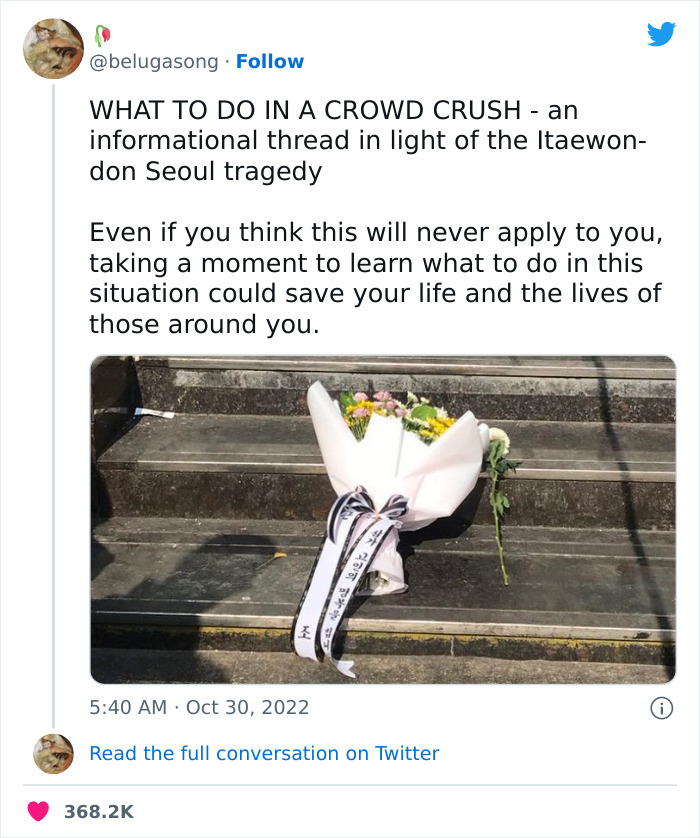
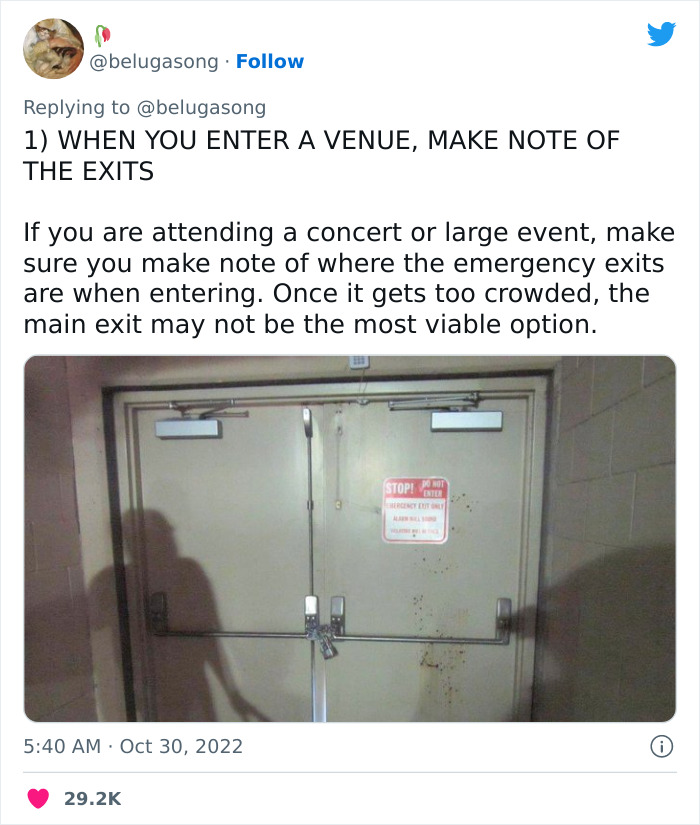
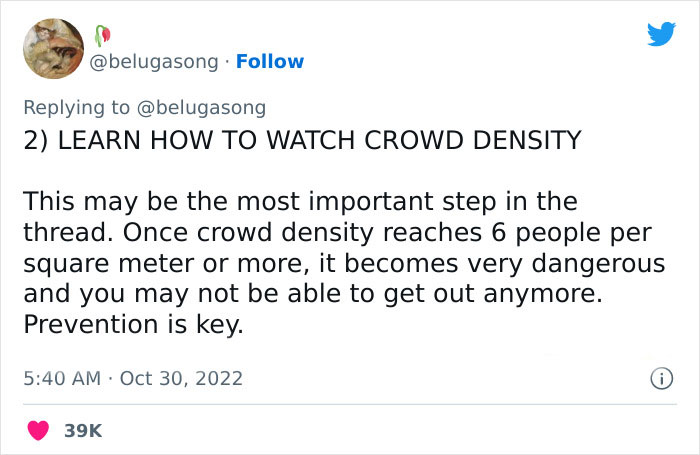
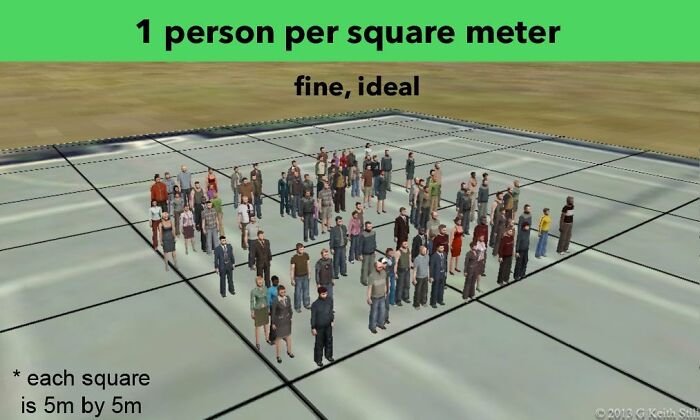
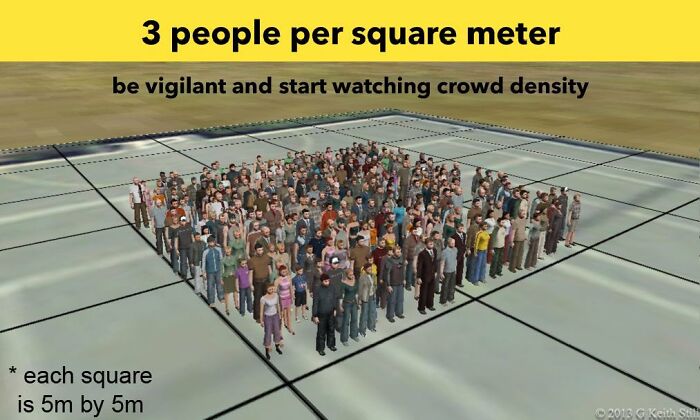
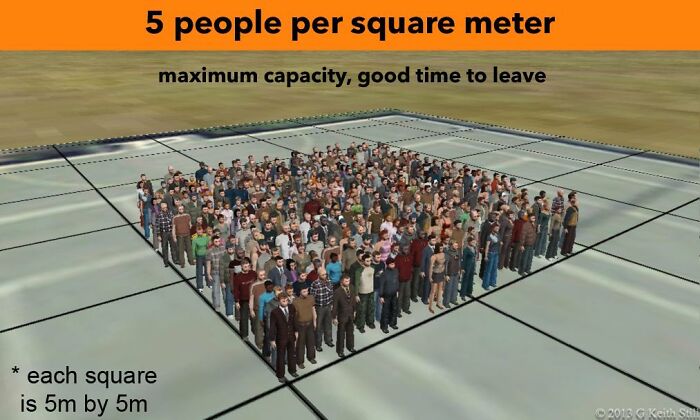
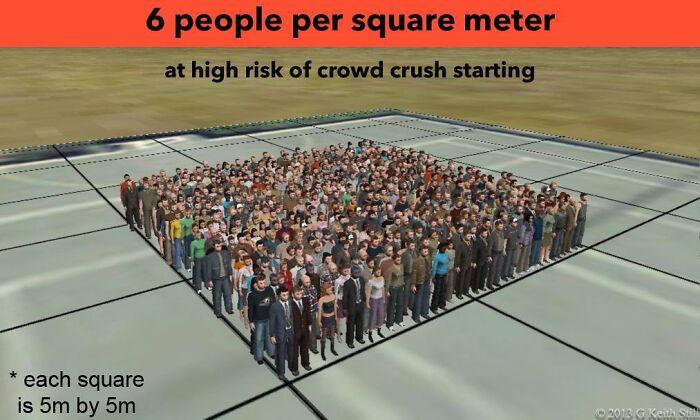
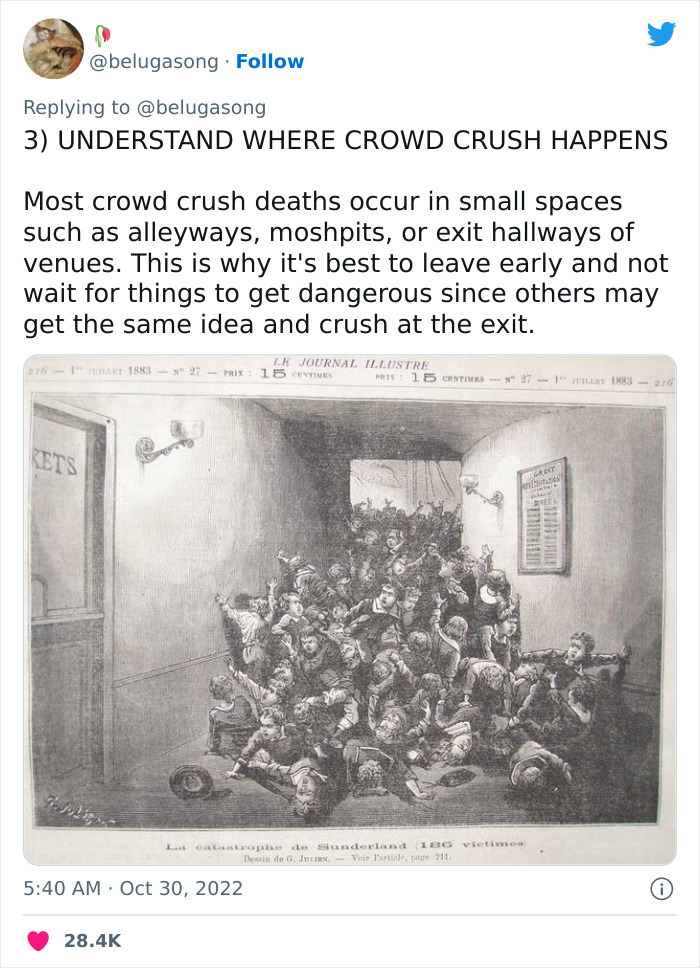
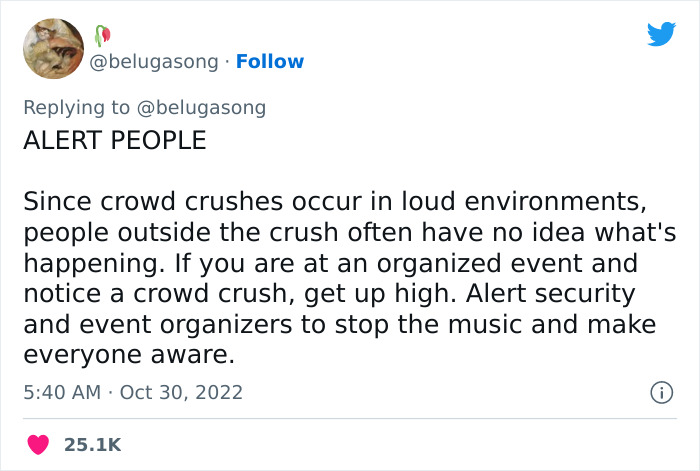
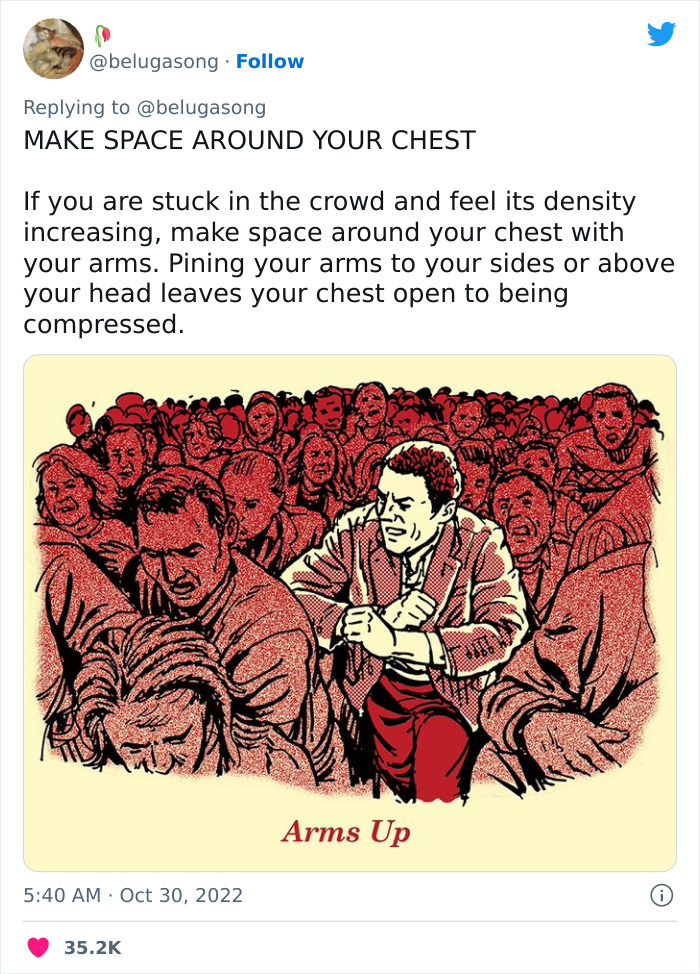
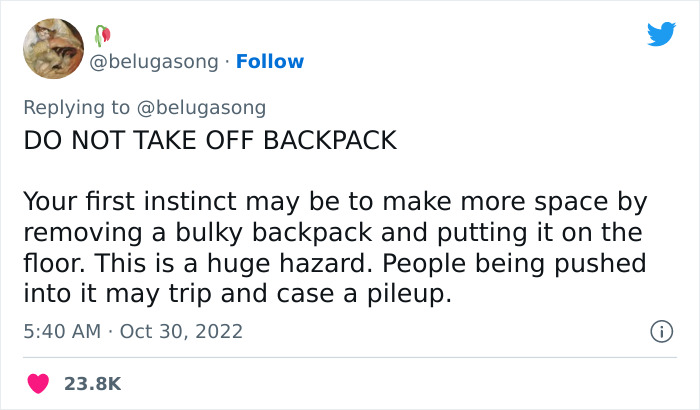
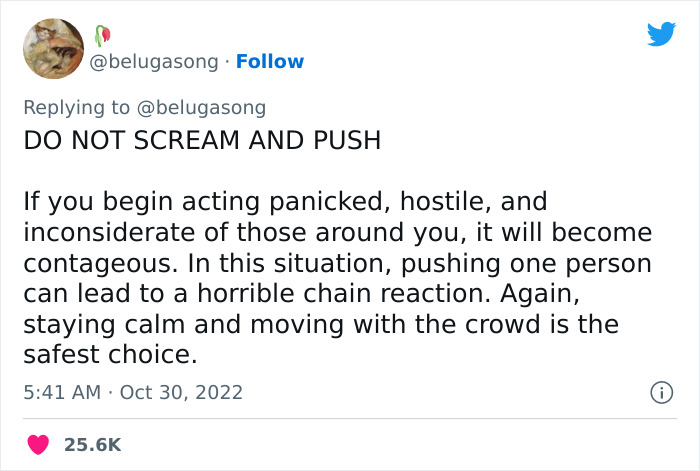
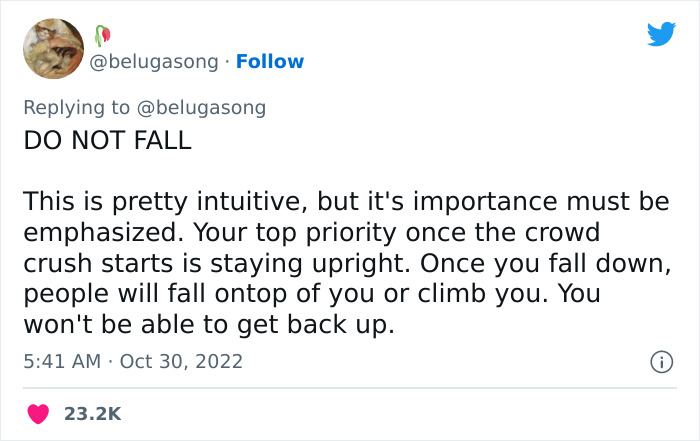
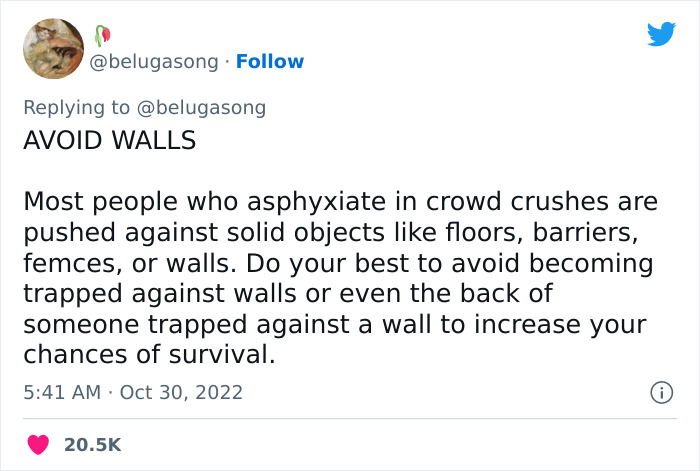
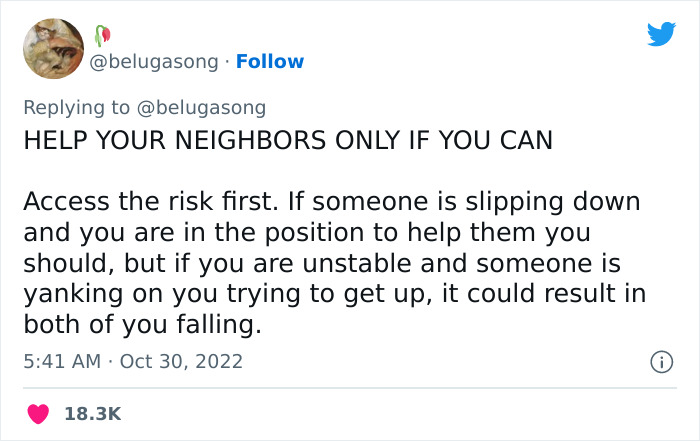
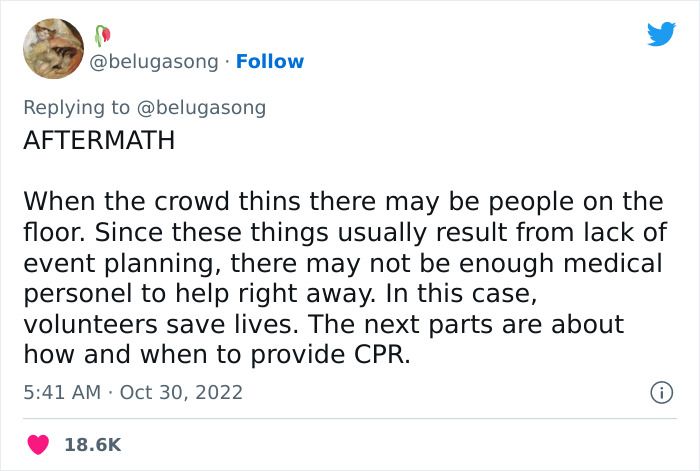
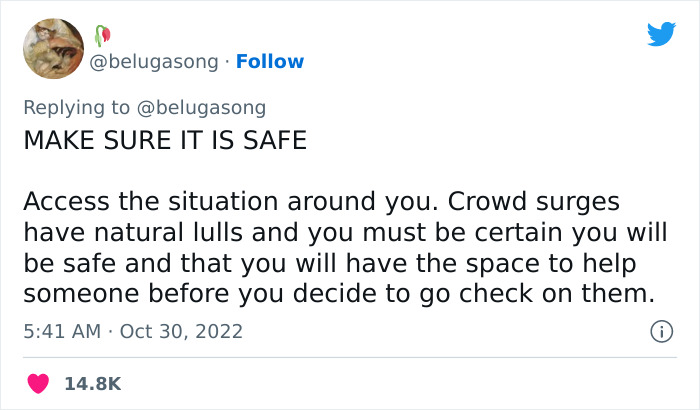
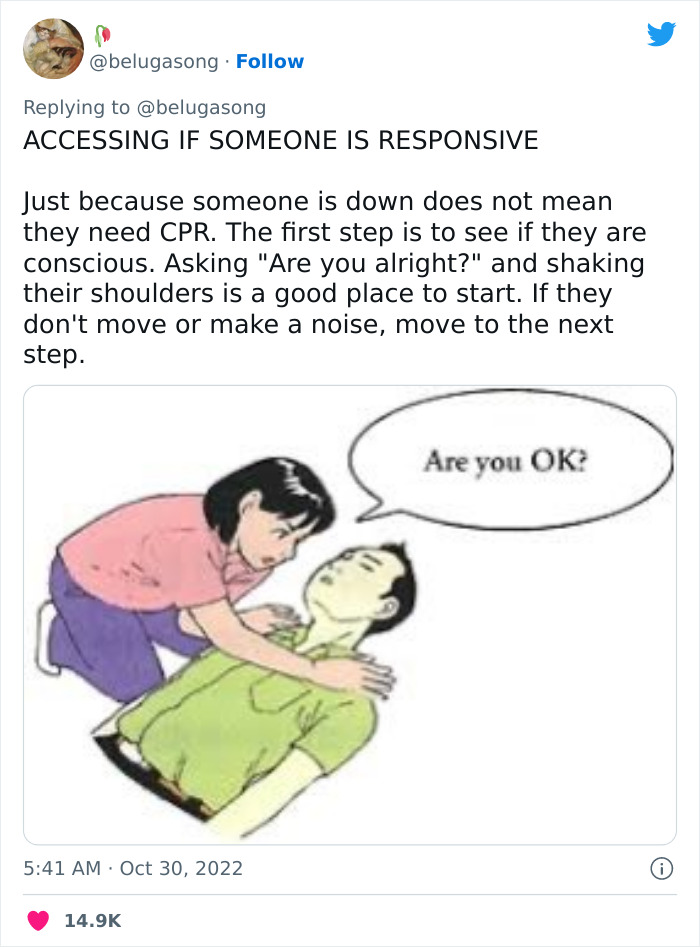
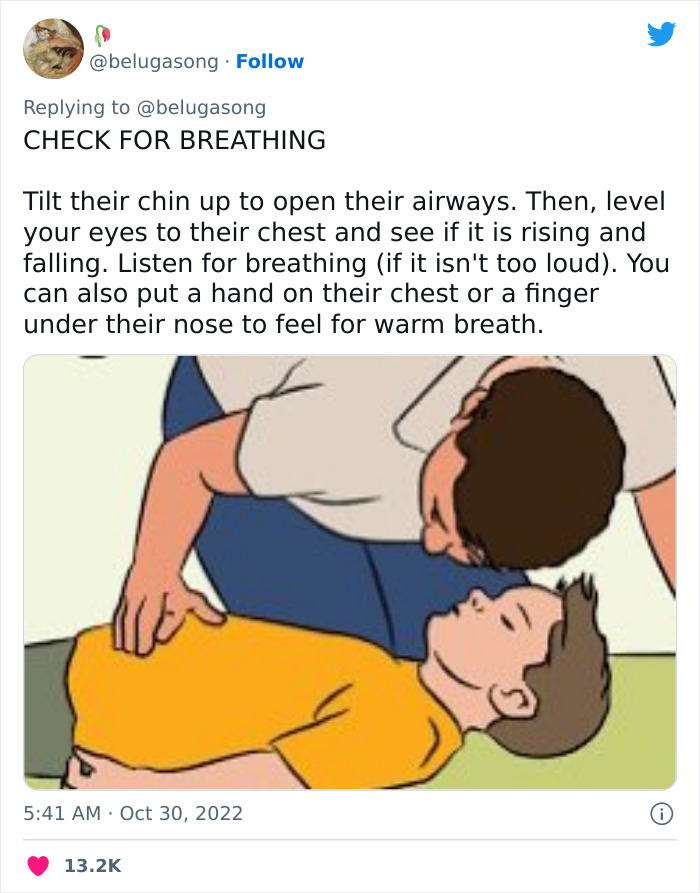
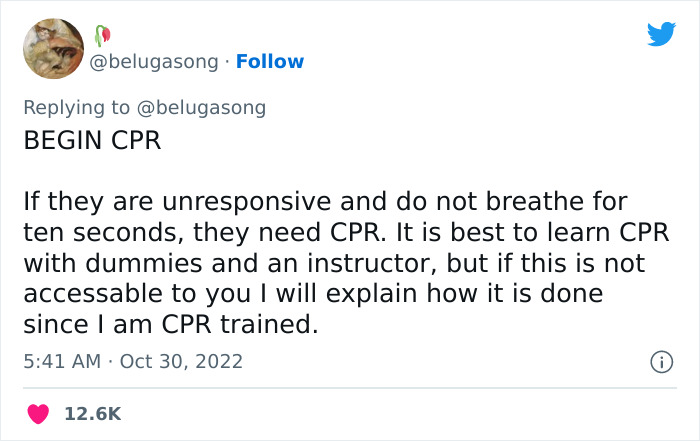
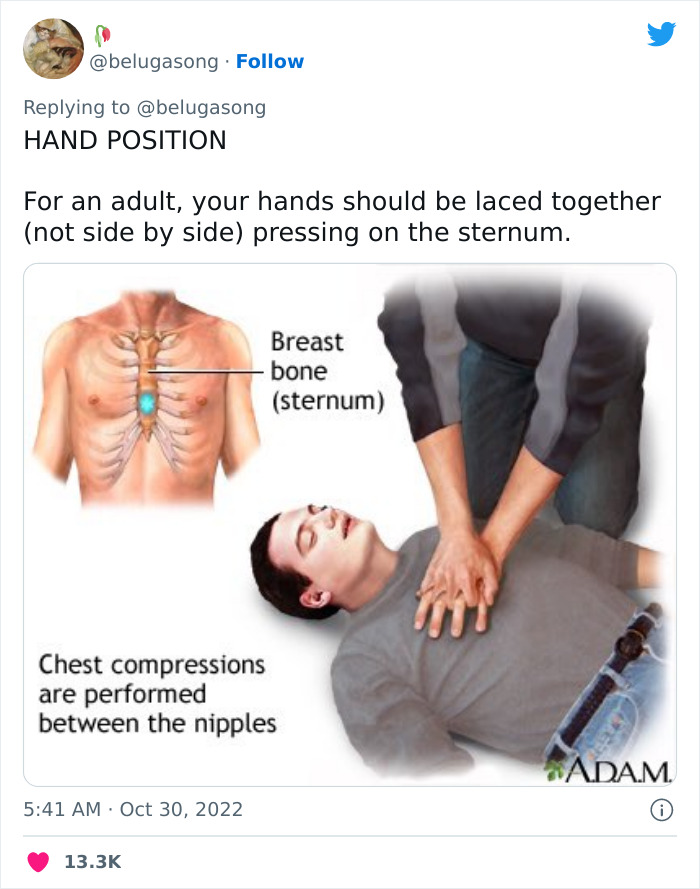
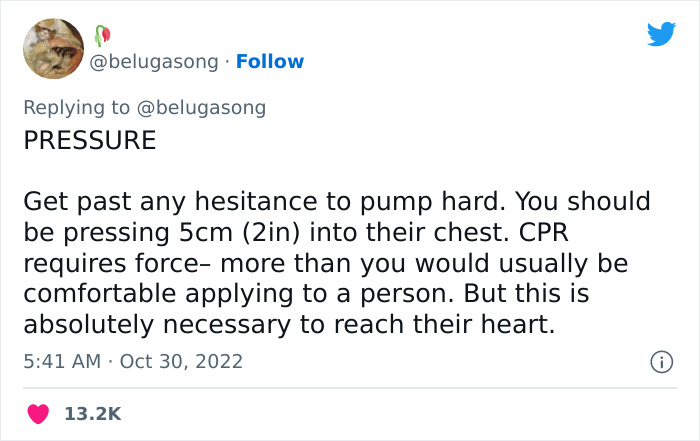
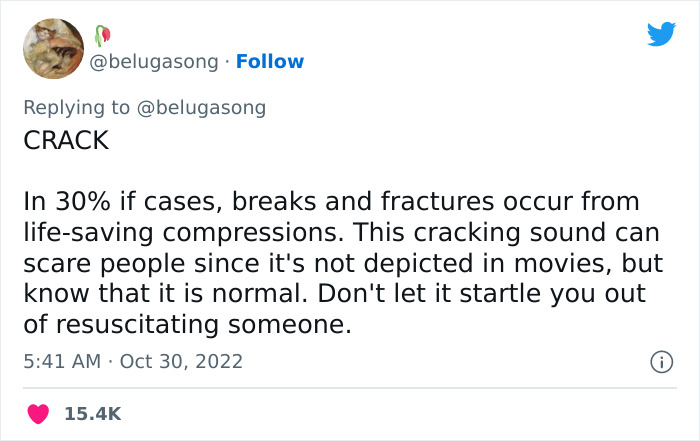
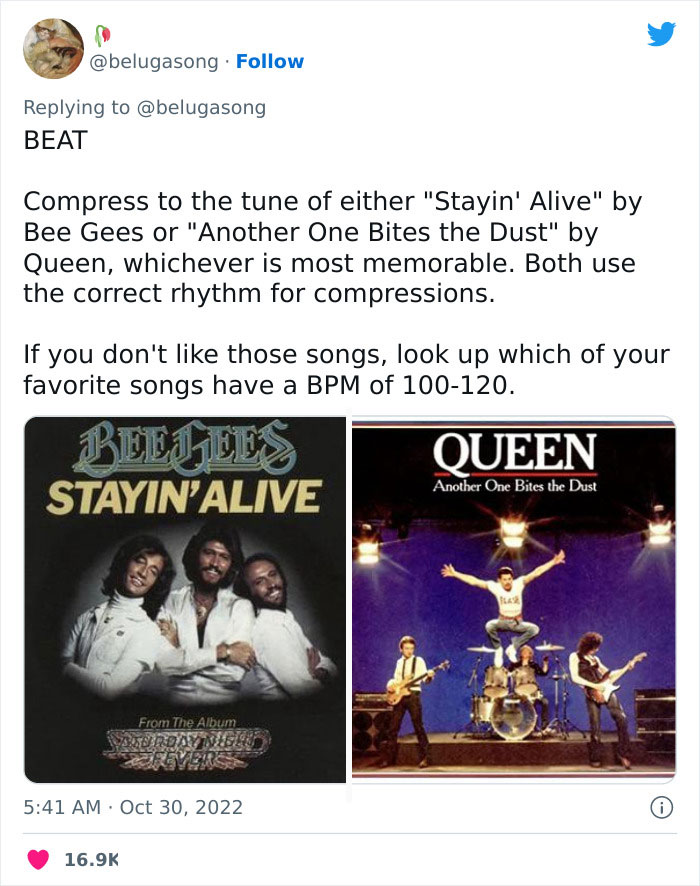
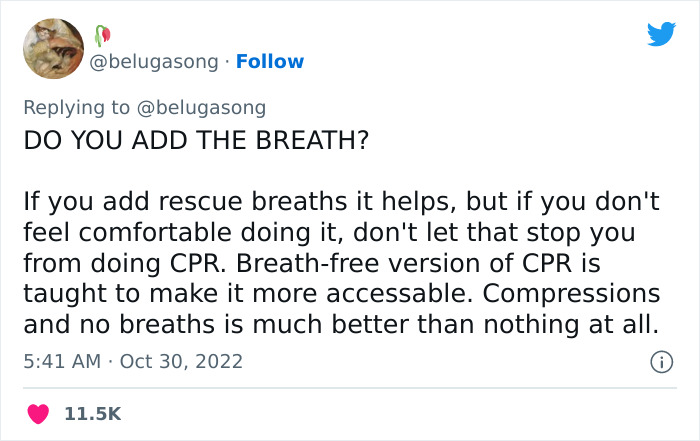
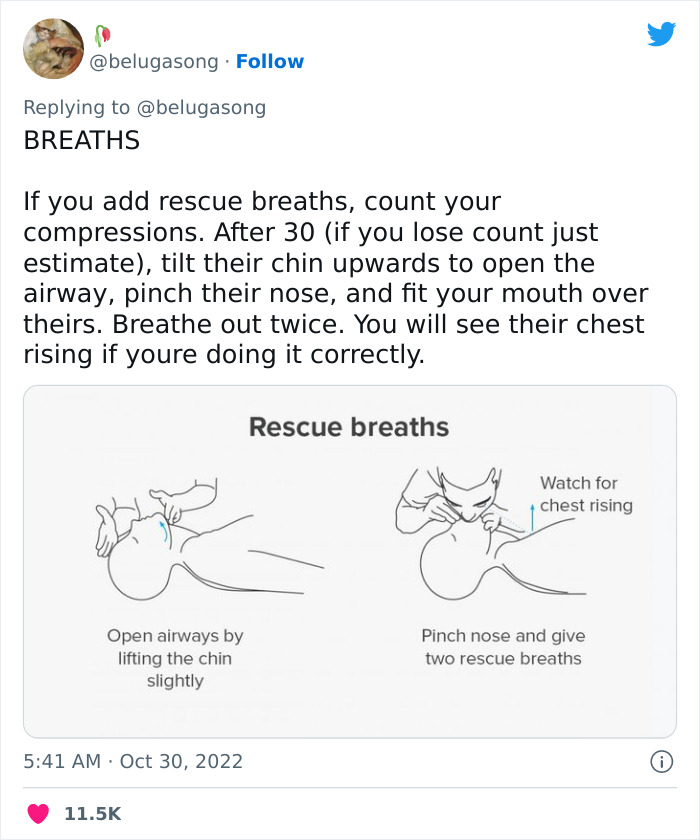
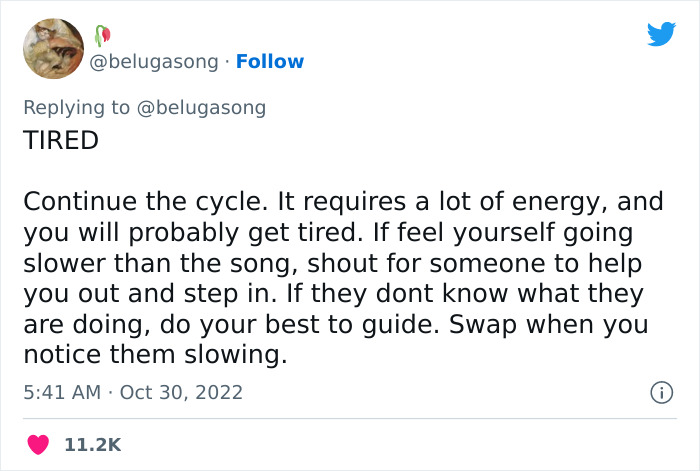
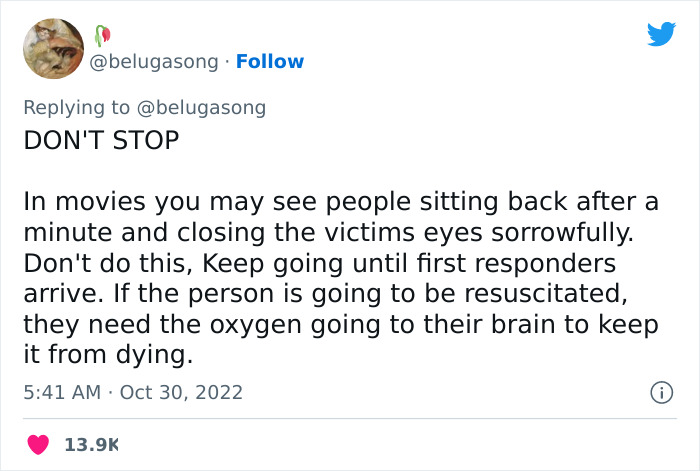
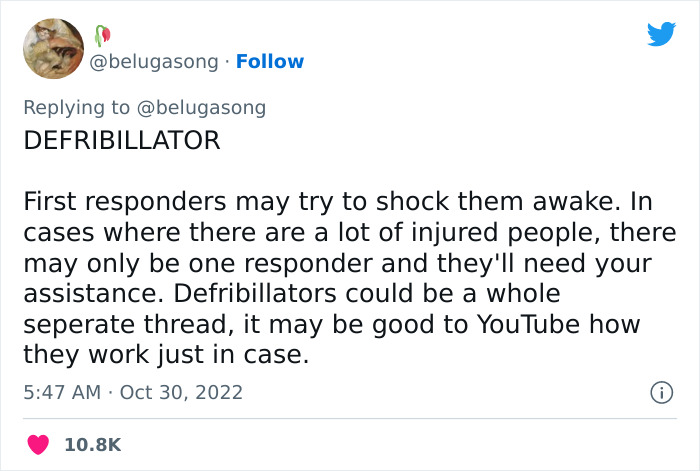
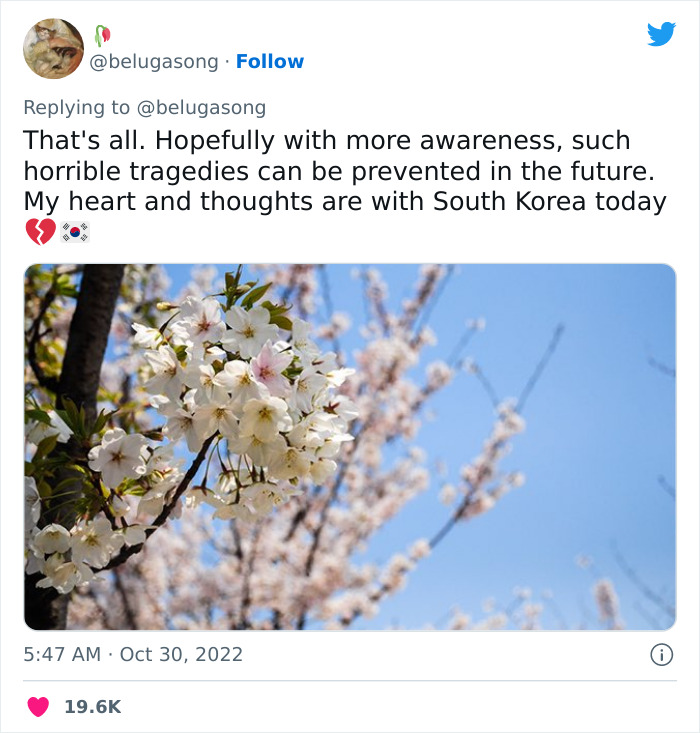






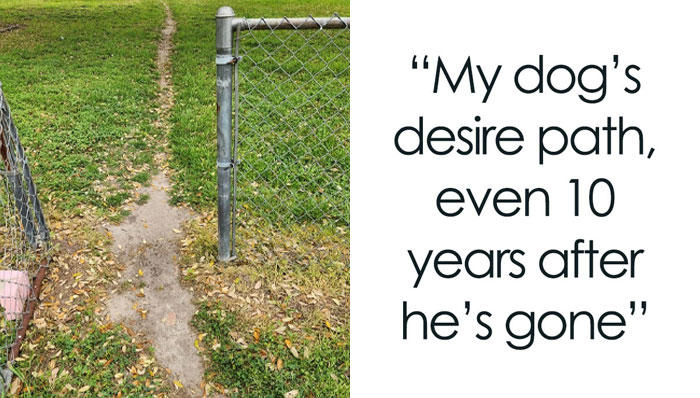


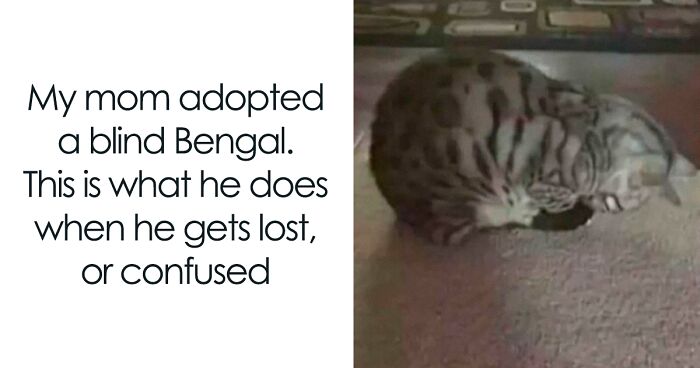
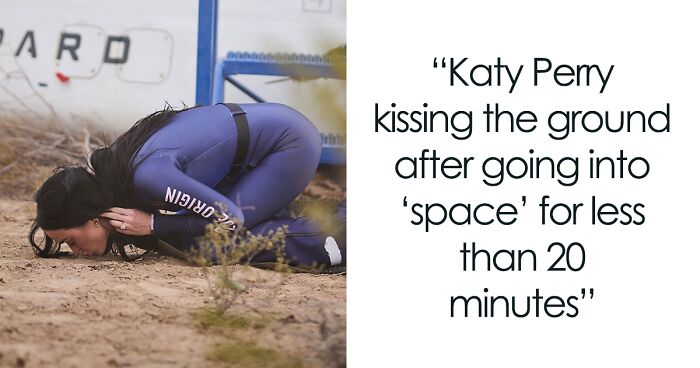

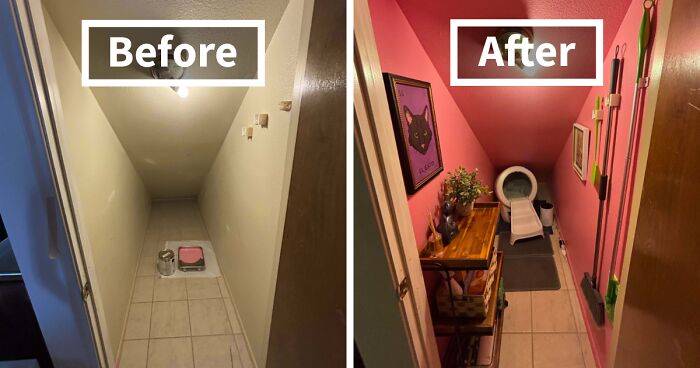

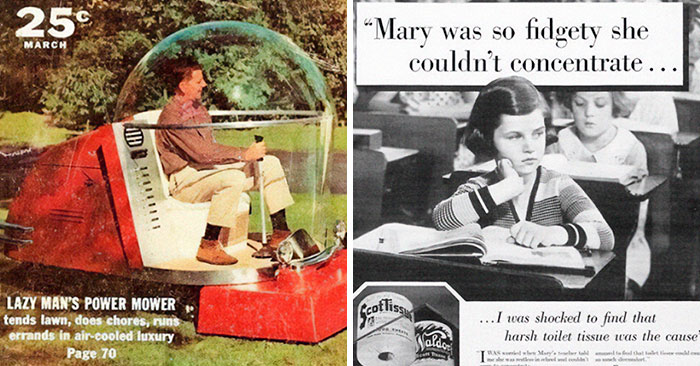

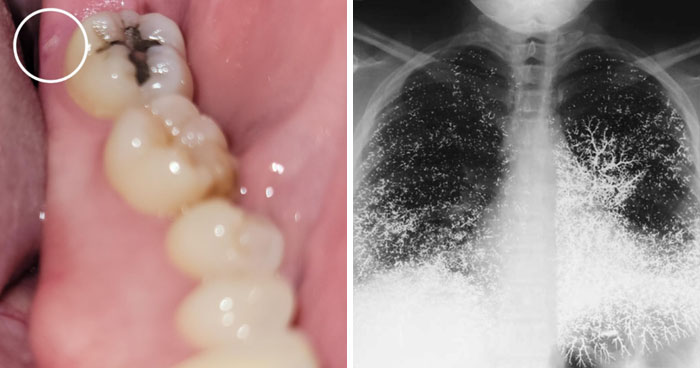
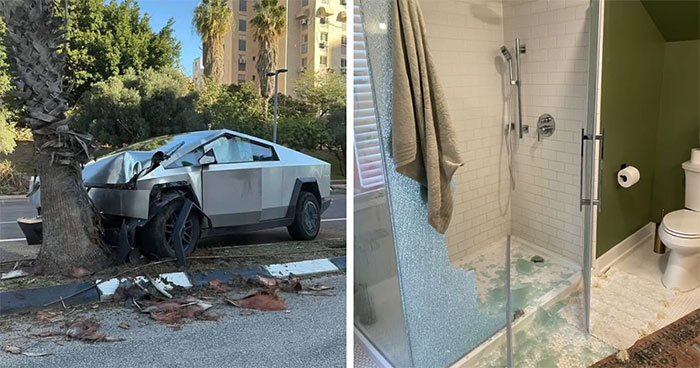
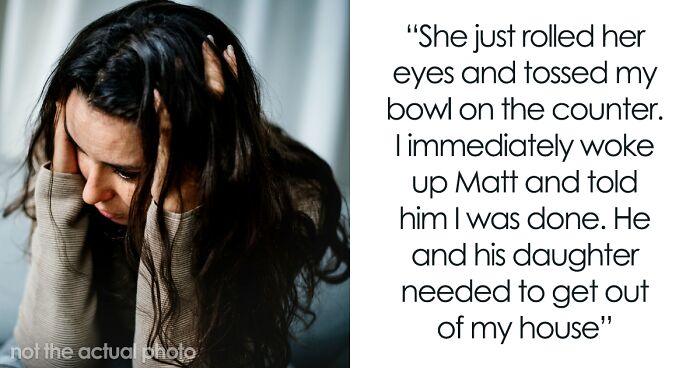



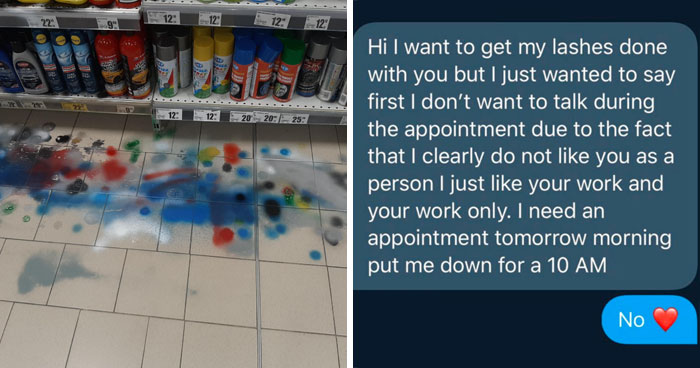
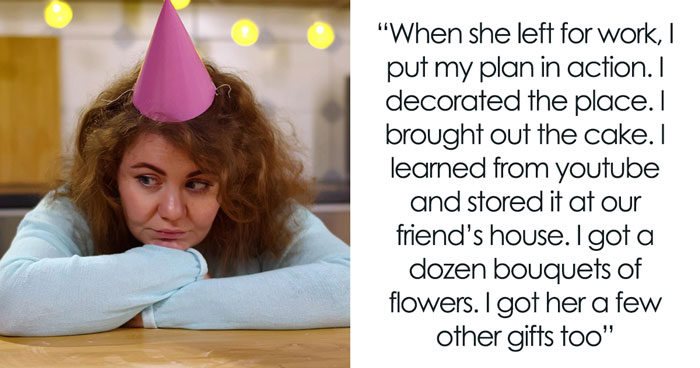
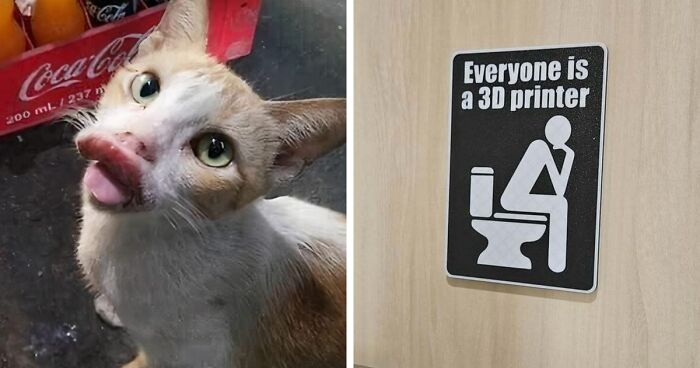
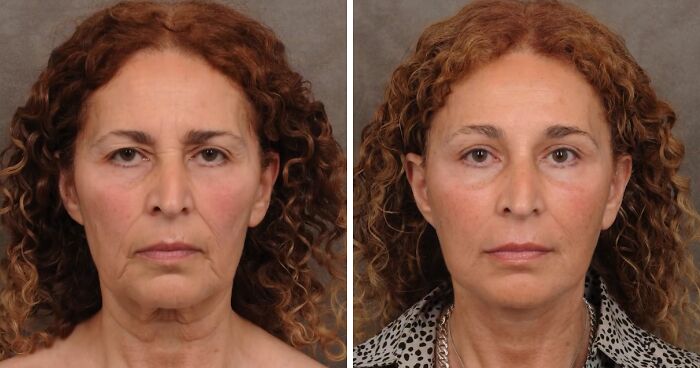
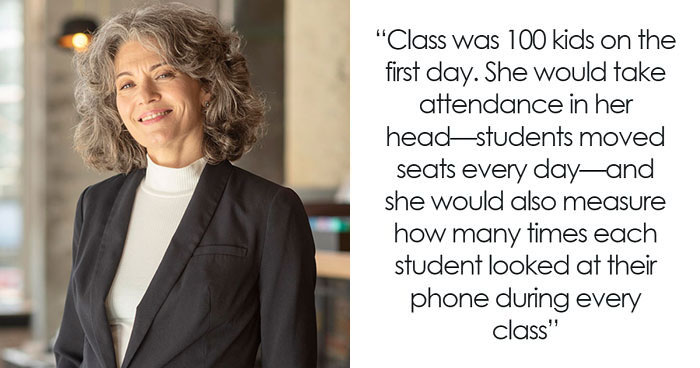
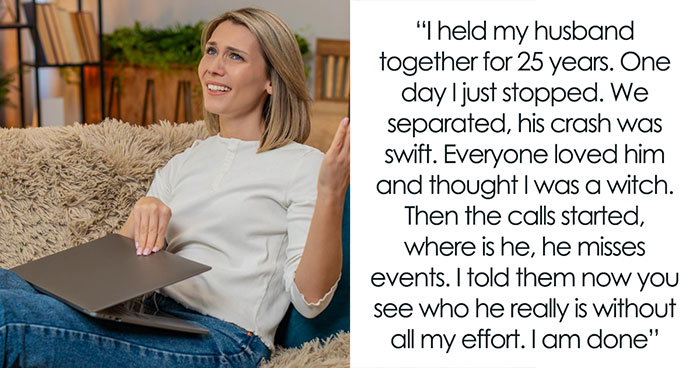

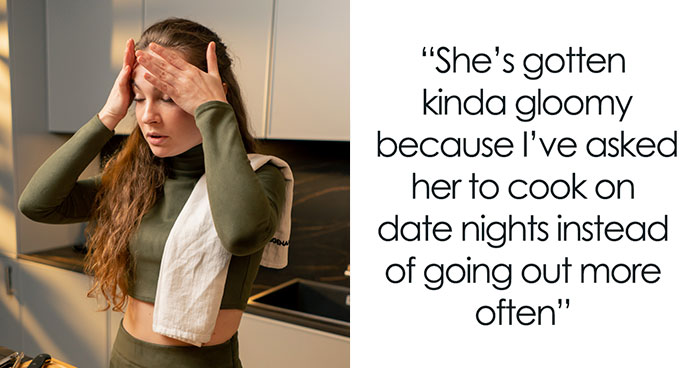
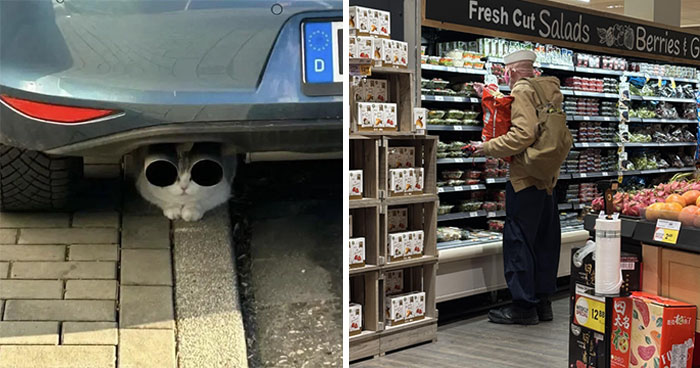


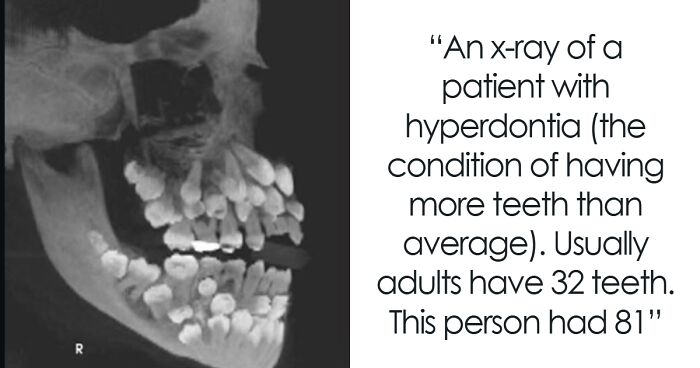
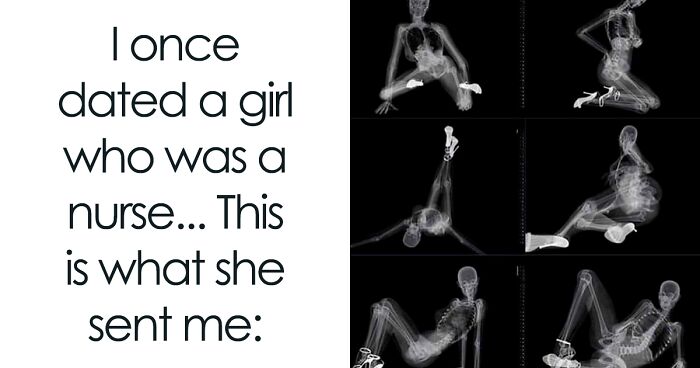



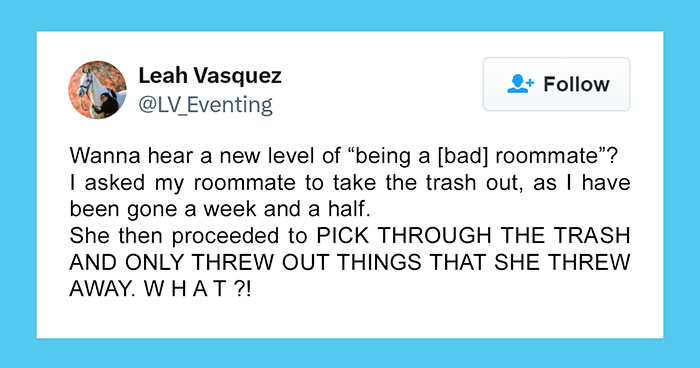

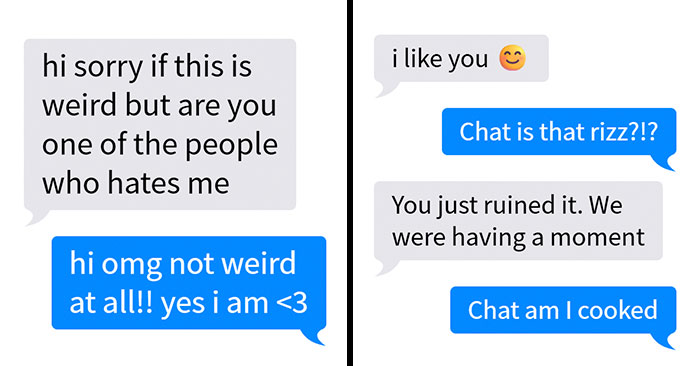


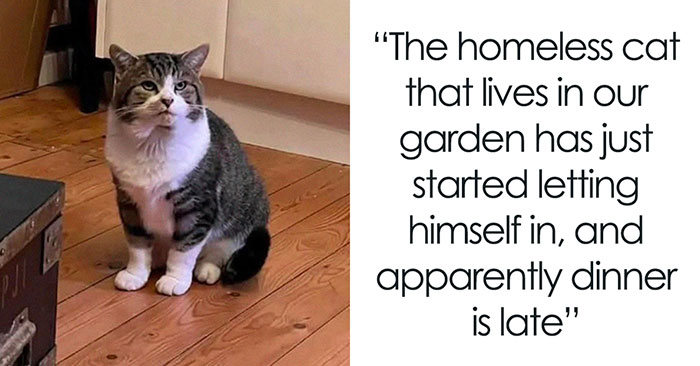
168
26